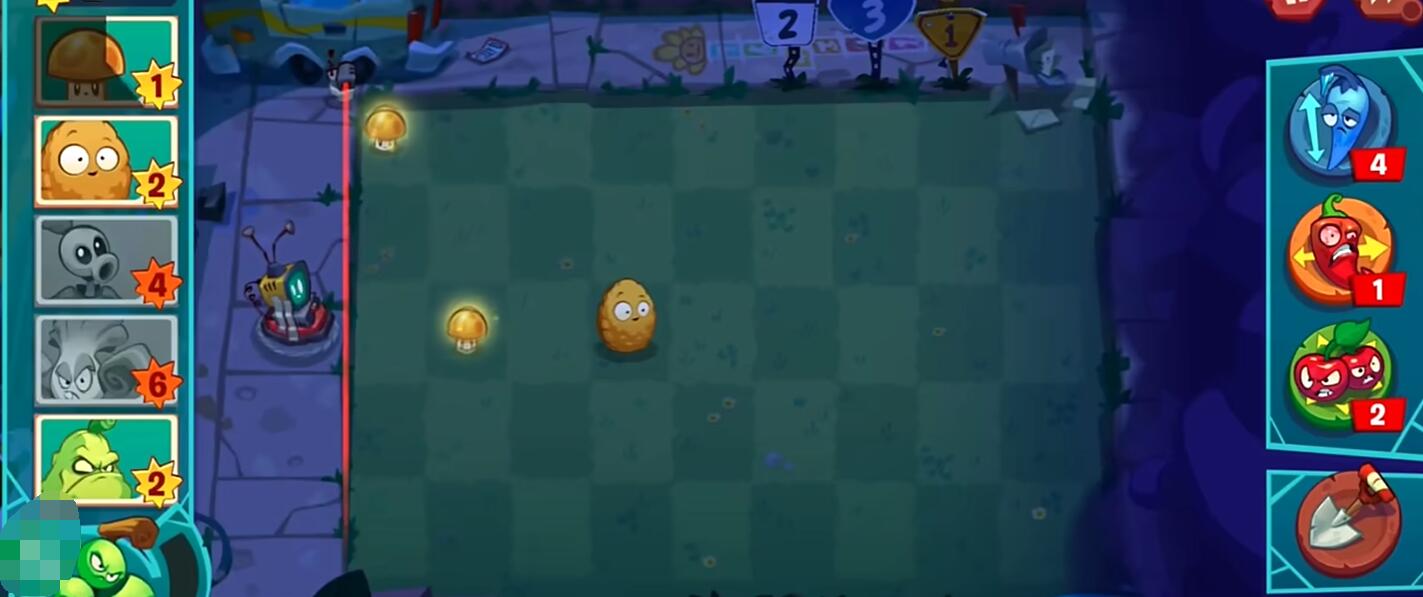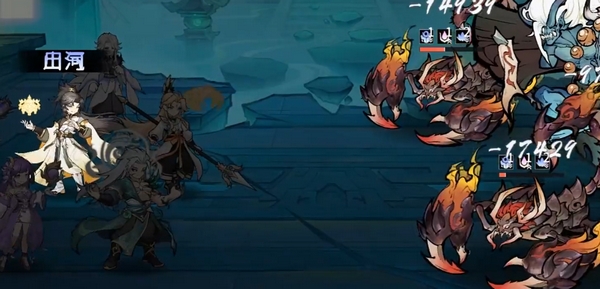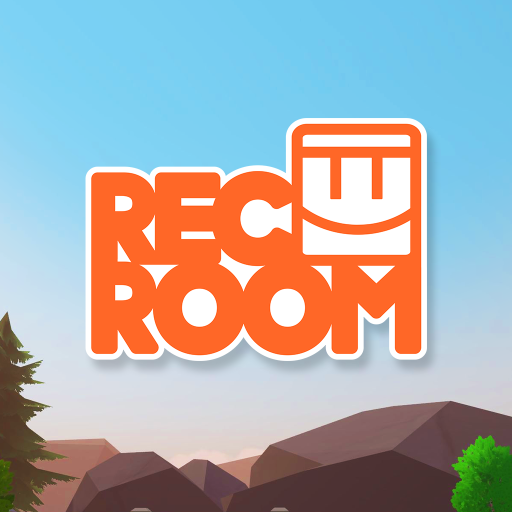In Plants vs. Zombies 3, Sun-shroom is an economical sun-producing plant. Compared to Sunflowers, it is more suitable for night levels or early stages with tight resources. Today, we will introduce how to play with the Sun-shroom in Plants vs. Zombies 3. The Sun-shroom initially produces a small amount of sun, but its production increases as it grows, and it costs less, making it key to quickly establishing a sun economy. This guide will detail the planting strategy, growth mechanism, and practical combinations of the Sun-shroom to enhance the stability of your defense line.

The initial planting cost of the Sun-shroom is 25 sun, significantly lower than the 50 sun required for a Sunflower, giving it an advantage in the early game. When first planted, the Sun-shroom produces only 15 sun each time, but after about 120 seconds of growth, it upgrades to a large Sun-shroom, increasing its production to 25 sun per cycle. In night levels or during the early stages when sun is scarce, it's recommended to prioritize planting Sun-shrooms over Sunflowers. To improve efficiency, place the Sun-shroom in the first or second row as soon as possible to ensure it reaches its high-production phase quickly.

The growth speed of the Sun-shroom is influenced by the environment. In day levels, the Sun-shroom enters a "sleeping" state and requires Coffee Bean (75 sun) to be awakened to produce normally, making it more costly to use during the day compared to Sunflowers. However, in night levels, the Sun-shroom does not need additional awakening and can steadily provide sun, making it a better choice. The Sun-shroom has low durability (300 points) and is easily destroyed by zombies, so it's advisable to pair it with Wall-nuts or Tall-nuts for protection to prevent a quick breach of the defense line.

In terms of lineup combinations, the Sun-shroom can be paired with low-cost attack plants such as Peashooters, Snow Peas, etc., to form an early-game offense-defense system. For example, placing Sun-shrooms in the first row, Peashooters in the second row, and Wall-nuts in the third row can both ensure a steady supply of sun and effectively resist zombie attacks. If the level includes airborne threats like Bungee Zombies or Basketball Zombies, pairing with Umbrella Leaves can protect the Sun-shrooms, ensuring their stable production.

This concludes our sharing on the Sun-shroom in Plants vs. Zombies 3. If the level allows, you can plant more Sun-shrooms in rows with weaker zombie attacks, while prioritizing defenses in rows under greater pressure, to optimize resource allocation. Mastering the growth rhythm and tactical combinations of the Sun-shroom can help players more efficiently tackle various challenges and establish a solid defense line.


















